Polymer paint for metal and its characteristic features
You can conduct as many reviews and make ratings of paints for metal. Everyone can find their advantages and disadvantages, but they all have one thing in common - fragility.
Of course, the life of some paints can reach 20 years, but their price will be sky-high. But there is a paint that stands out among all the paint and varnish materials developed to date - it is a polymer paint for metal, and we will talk about it in this article.
The content of the article
What it is
Synthetic polymers have been used in the paint industry for a long time, for example, rubber paint also applies to polymer, as it was created chemically. Hence its quality characteristics.
But relatively recently, a powder polymer has appeared on the market. Paint, which has no equal in coating quality and durability. Today, these paints are used everywhere, and they even paint cars and boats. Such exposure is not afraid of any impact, and the secret of this quality lies in the method of application.
We will talk about this in more detail below, but for now we will consider the main qualitative characteristics of this material and watch the video in this article, which shows examples of polymer coatings.
The advantages of polymer coatings
It:
- High adhesion to metal surfaces. Below we will talk in detail about the technology of applying polymer paint, but for now we’ll just say that it does not just lie on the surface, but binds to the metal at the molecular level.
- Resistance to mechanical deformation. Even in case of damage to metal products, the paint will remain on the surface, taking on a new form for itself. This quality is especially appreciated when painting cars, because in the event of an accidental collision, the body can easily be straightened and repainting is not required.
- Resistance to water and moisture. The hard hat is so stable that it can be used to paint boat bottoms. Even with a constant presence in water, the coating will not lose its qualities and reliably protect the metal from corrosion.
- UV Resistance. Most famous types of paints lose their decorative qualities over time under the influence of sunlight. With polymer coatings this does not happen. They can constantly be in the open air, saving external data.
- Fire and heat resistant. The polymer coating is applied under the influence of high temperatures. Therefore, it easily tolerates exposure to open fire. This allows the polymer to be coated with products that have direct contact with fire, such as barbecues or stove boilers (seeHeat-resistant paint for barbecue - a great way to extend their life and create a mood on the site).
- Maximum resistance to chemical solvents. A product painted with polymer paint can be placed in a container with a solvent at any time and this will not affect the quality of the coating.
These are not all the positive qualities of this material, but even they are enough to completely level out a rather high cost.
Interesting! Manufacturers of powder paints give a guarantee for a coating of at least 50 years, provided that they are applied correctly. Whether this is true or not is still unknown, since since the appearance of this paint on the market, so much time has not passed.
Given all of the above, there is a desire to attach a label to this paint - "perfect coverage", but, unfortunately, this is not so, and there are a number of drawbacks that simply need to be mentioned in order to maintain an unbiased look.
Disadvantages of polymer coatings
It:
- Price. The high cost of polymer coating, of course, can be attributed to the disadvantages. Of course, it is fully compensated by the long service life of the coating, but not everyone is ready to give a substantial amount for painting any hardware once.
- Difficulty Removing. High adhesion of polymer paint can often be a drawback, because if you have a desire, for example, to change the color, then this will be very difficult. There are no special washes for polymer coatings, and you will have to remove it mechanically, and this is a very, very difficult task.
- Inability to do it yourself. The technology of polymer painting provides for the presence of special expensive equipment and certain skills. You should not even try to paint yourself, as this will only result in wasted paint.
- Inability to paint products from materials other than metal. The polymers are applied by magnetic induction, so it is possible to cover them only with that material that has a high conductivity.
As you can see, there are not many shortcomings, but they must be taken into account when choosing such a coating for your metal product. Remember that the color and texture pattern you select once, and you are unlikely to have the opportunity to change them.
So, we figured out the quality characteristics. And it's time to talk about how polymer paint is applied.
The application technology described below is not an instruction for use, but rather an introductory material to understand why this coating is so strong and durable. It will also help those who are thinking about opening their own polymer dyeing workshop.
Application technology
As we already mentioned, the main difficulty in applying powder polymers is the need for special equipment. And the most expensive on this list is a spray gun. Its peculiarity is that it not only sprays the powder, but also charges it with electricity.
The tank of the spray gun is connected to a positive charge, while the product to be painted has a negative charge. Due to this, at the moment of collision of the paint particles with the surface, magnetic induction occurs, similar to that that occurs at the time of closure of the electrode in arc welding. It is thanks to this that the paint adheres to the surface, which is almost impossible to break.
The entire application technology can be divided into several stages, each of which requires a careful approach and accuracy from the master. A deviation from technology, even a small one, can completely eliminate all the positive qualities of this paint.
Stage One: Paint Application
Powder paint applied in a special sealed chamber, which is isolated from dust and dirt.In addition, the spray booth should be well lit so that the master sees all the hard-to-reach spots of the product. The product is hung on special hooks, then a negative cable called the “mass” is connected to it.
Then paint is applied. The process is very slow, and the master tries to close all parts of the product as much as possible. Another difficulty is that the paint must be applied in one pass and in one coat, as otherwise the coating may turn out to be uneven.
It is not necessary to dry powder paint, so immediately after application, you can proceed to the next step.
Stage Two: Polymerization
It is at this stage that the coating receives all its unique characteristics. Polymerization is the process of slowly warming up a product in a special chamber (seeDo-it-yourself powder paint oven) The maximum temperature inside can reach 200 degrees, and the polymerization time is about an hour.
Important! The time and temperature required to polymerize the coating depend on the layer. So, for example, the soil layer polymerizes much faster and at lower temperatures, and varnish, on the contrary, bakes the longest.
Polymerization takes into account many factors. Here, not only the final temperature of the furnace heating is important, but also the speed with which it grows.
This is important because, in the process of warming up, the paint begins to spread over the product and fill in all hard-to-reach meta, and it is necessary that this happens slowly, and all metal products are heated evenly.
The final stage
After the polymerization is over, the furnace must be cooled to 100 degrees, but this can not be done by force, in any case, since the coating may crack. The oven should cool on its own, and this can take several hours, and at this time you can not open the oven and look inside.
When the furnace has cooled, the product is removed from it, and it is again sent to the spray booth for applying the next layer. There can be three such layers in total. The first is the primer, the second is the paint and the third is the varnish coating, which carries an exclusively decorative load and is most often used for painting cars.
Polymer painting of metal is a complex and time-consuming process. This largely explains the cost of work, but on the other hand, it is also a good business, whose customers are becoming more and more every year.

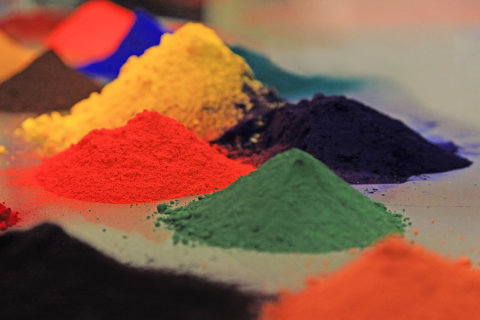
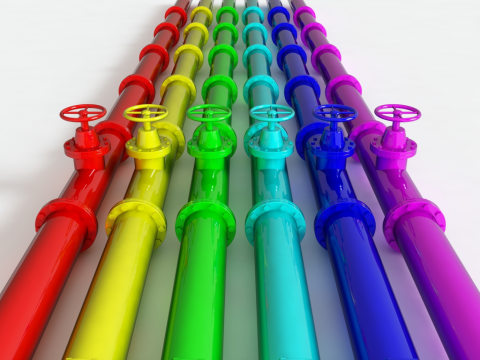

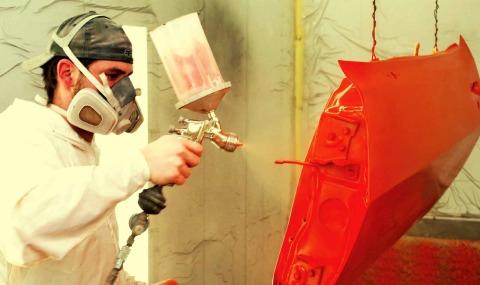
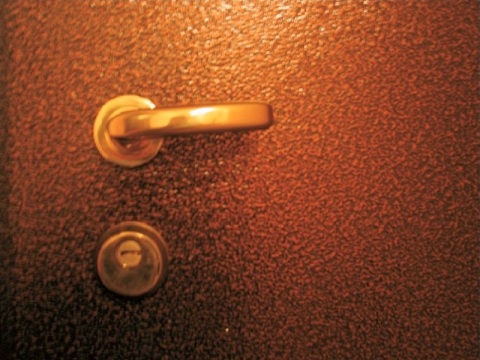
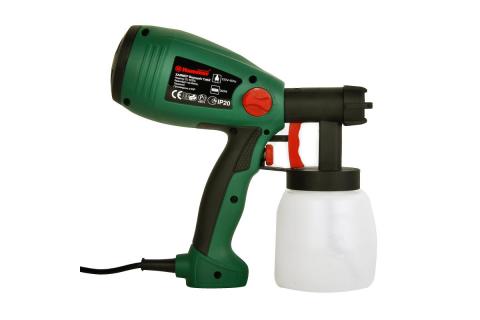
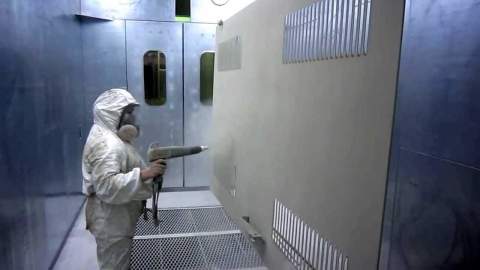
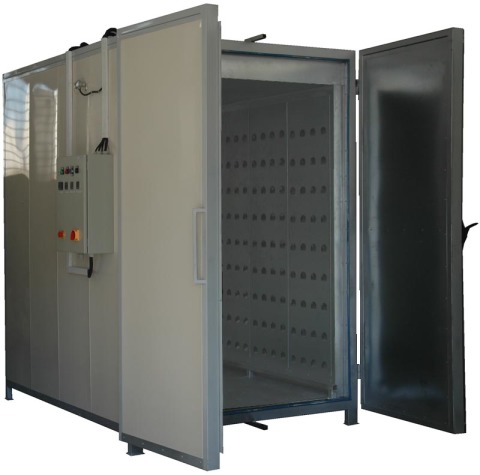
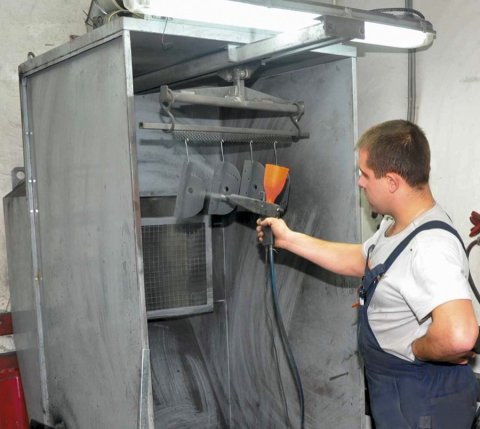


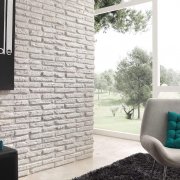
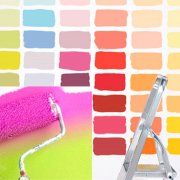
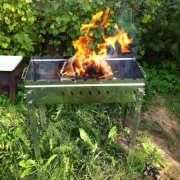
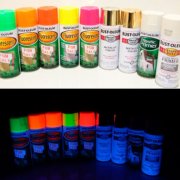
Is it possible to paint outdoors or outdoors.
No it is impossible, with powder contaminate the soil and water. Need a hood with filtration. Sheds, garages, on the knee ”forget. And only work in the mask!